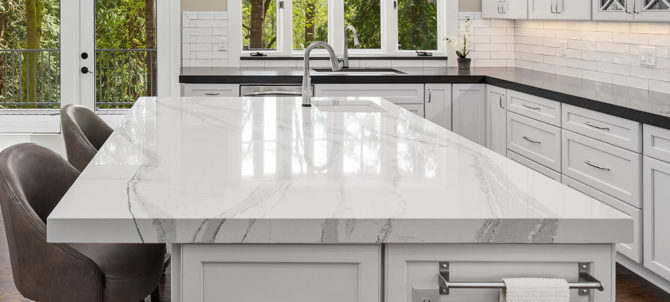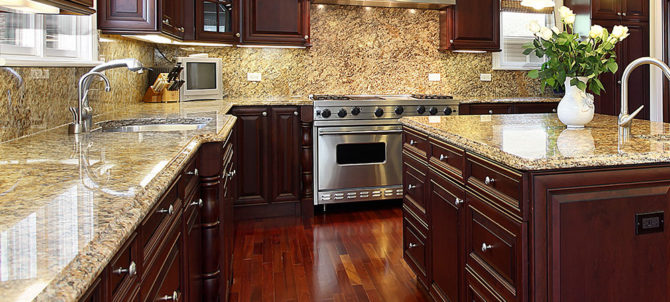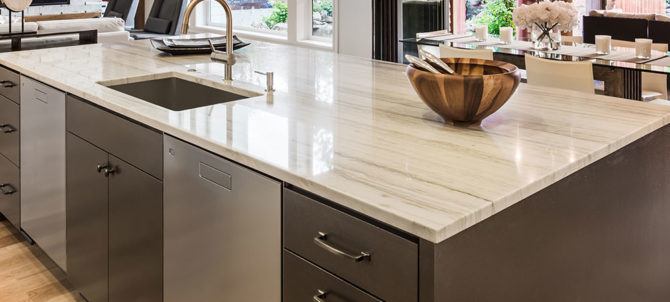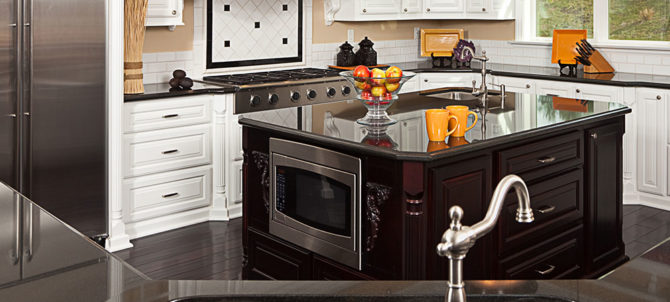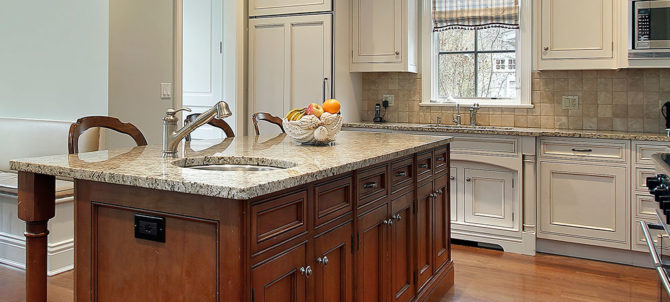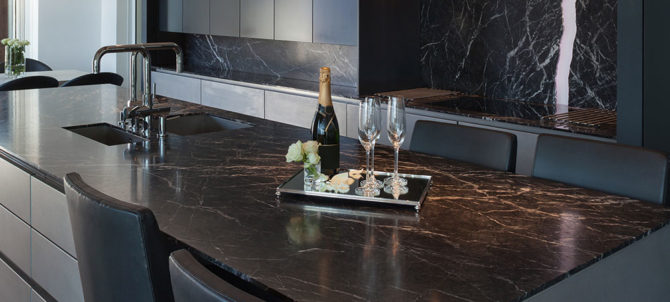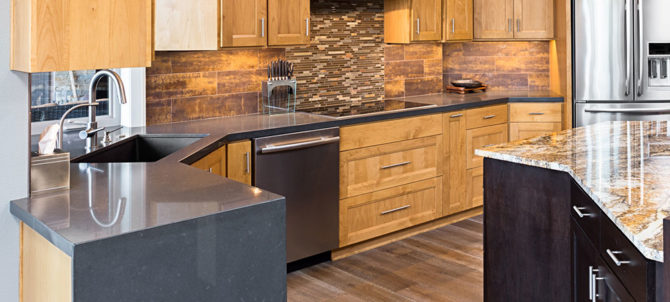
Countertops are not only utilitarian but also serve as the kitchen’s piece de resistance. Keeping them clean and bright is not only necessary for hygiene, but also to maintain the aesthetic value of your kitchen.
Due to their regular use, they tend to develop stains that are unsightly and give your kitchen a cheap, ugly look.
To keep your kitchen and countertops looking great, you need to remove the stains. How do you do it? Here is a guide on how to go about it:
Quartz countertops
Because of the nonporous nature, quartz countertops are relatively easy to keep stain-free. They are also scratch-resistant, making them suitable for a wide range of applications.
As time passes, stains on your quartz countertops may develop and become difficult to remove. Don’t panic if you have a big stain on your quartz kitchen countertop.
When you know what to do, eliminating it isn’t that tough. There are a few simple methods you can follow to remove even the most tenacious stains from your quartz surfaces.
You should start with blotting the stain. After this, mix a mild detergent (such as shampoo or dish soap) with warm water. Don’t use heavier detergents as they can damage the surface.
You should then dip a soft cloth in the mixture and apply it to the stain. Gently wipe the cloth over the stain in a circular motion for several minutes before rinsing it with warm water.
If the harsher stains remain on your countertop, you may need to repeat the technique several times.
If you have a difficult stain on your quartz countertop that won’t come out with mild detergent, try baking soda.
Making a paste of baking soda and water is an effective approach to remove persistent stains off quartz surfaces. Simply combine a few tablespoons of baking soda and equal parts water to make a paste.
You should then apply it to the stain and allow it to settle for a few minutes. After this, wipe it off with a gentle towel.
If you have tougher stains that baking soda won’t remove, use poultice as is a stronger, easier, and safer approach. To produce a poultice, use baking soda and hydrogen peroxide.
Apply the paste to the stain with a moist cloth and then wrap it in plastic. Allow the poultice to stay for a few hours before wiping it clean with a moist cloth.
Baking soda and hydrogen peroxide work together to remove the stain from the quartz countertop, allowing you to restore its natural brilliance. With a little effort, you can remove even the most stubborn stains from your quartz countertops.
Marble countertops
Marble is among the most porous natural stone materials available. With that in mind, any spills on the stone can easily get to the inner layers. To avoid this, you must clean them up quickly and within the shortest time possible.
If you leave the spills on the surface, your marble may be permanently damaged and you don’t want this, do you?
If removing the spill does not work and you wind up with a stain, don’t worry. You can remove most of the marble stains with poultice. A poultice will pull the discoloration from your marble and leave it clean and attractive.
Don’t worry if the poultice doesn’t work the first time. Reapply it and wait. If it still does not remove the stain, contact an expert to determine the best course of action.
The last thing you want to do when attempting to remove a stain from your marble is cause additional damage to it.
To avoid this, never attempt to remove a stain with bleach or other aggressive cleansers. Harsh cleaners include any acidic materials. Using these cleaners can wear down the marble’s surface and you don’t want this.
While marble is one of the most porous materials available, there is one important step you can take to reduce the likelihood of stains: sealing.
Sealing your marble countertop or other surfaces will stop the pores, preventing liquids and stains from passing through. Keep in mind that this seal won’t last forever. You will need to re-seal your countertops every several months.
Sealing the countertops is easy. Start by clearing and cleaning the surface. Next, apply the sealant. Depending on the product, you may need to apply the sealer with a brush or a spray bottle.
Apply the sealant to the marble and ensure that you cover the entire surface. After that, wait 15 minutes to observe the sealer.
If all of the sealer has been absorbed within 15 minutes, apply another coat. After you’ve finished waiting, wipe off any excess sealant and let your marble surface sit for 24 hours.
You can do the sealing by yourself but for the best outcome, let a professional help you out.
Concrete Countertops
Like marble, concrete countertops are highly porous. Due to this, applying a sealant to make the surface more resistant to stains and scratches is an important step toward preventing damage.
If you have stains on your concrete countertop, all is not lost. The staining could be the result of a poorly performing sealer failing to protect the concrete, temporary surface stains on a coating sealer, or staining agents getting into scratches on a high-performance coating sealer.
Before you start working on stains, first evaluate the situation.
Does the sealer appear to be unharmed, implying that this is most likely a surface stain on the sealer?
If it does not, the sealer is most likely still intact, and you will only need to bleach out the surface stains.
Does the sealant appear to be destroyed, and the stain is in the concrete? Is the concrete simply discolored, or has it been etched away by an acidic substance (rough or pitted)? If the former, you can use bleach to remove the discoloration.
If the latter, you will need to repair the concrete before resealing, unless you want a rough patch to stay on your countertop.
Has oil penetrated through a scratch and blackened the concrete kitchen countertops Raleigh? You will need to apply a poultice to remove the oil.
